Description
Baheda is a tall handsome tree, with characteristic bark, 12-50 m tall. Leaves are alternately arranged or fascicled at the end of branches, elliptic or elliptic-obovate, leathery, dotted, entire. Leaf tip is narrow- pointed or rounded. Leaves are 8-20 cm long, 7.5-15 cm wide, on stalks 2.15 cm long. Flowers arise in spikes in leaf axils, 5-15 cm long. Flowers are greenish yellow, 5-6 mm across, stalkless, upper flowers of the spike are male, lower flowers are bisexual. Stamens are 3-4 mm long. Fruit is obovoid 1.5-2.5 cm in diameter, covered with minute pale pubescence, stone very thick, indistinctly 5 angled.
Introduction:
A tall deciduous tree reaching 40-50 m in height, with a straight, clean bole up to 1/2 the tree height and with a diameter at breast height of up to 2-3 m, buttressed when large. Fruit a subglobose to broadly ellipsoid drupe, 2-3.5 cm long and 5 angulars.
Uses:
The fruits are used for tanning hides into leather and they yield a dye used for dying cloth and matting, and for the preparation of ink. The kernels can be eaten, but they process narcotic properties. An oil extracted from the seeds is used in hair-oil and in the manufacture of soap. Both the unripe and ripe fruit has medicinal properties.
Growing Period:
Perennial. On good soil, the tree can reach 20-25 m in height within 15 years.
Common Names:
Beleric myrobalan, Belliric myrabolan, Bedda nut tree, Myrobalan lelleric, Jaha kebo, Jaha sapi, Jaha, Jelawai, Mentalun, Sramaa pipheek, Heen, Haen, Si-ba-duu, Samo phi phek, Bang hoi, Bang moc, Nhu’t, Bahera, Tare, Goting, Bherda, Tani, Tandi, Thitsein.
More:
Scientific synonym: T. belerica. Beleric myrobalan Usually occurs scattered in deciduous forests on periodically dry soils at elevations up to 600 m. The tree can withstand light shade in youth.


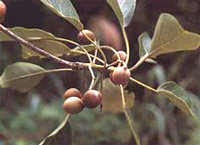
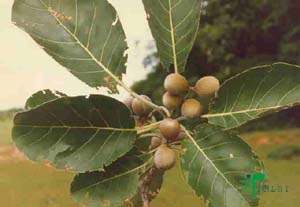
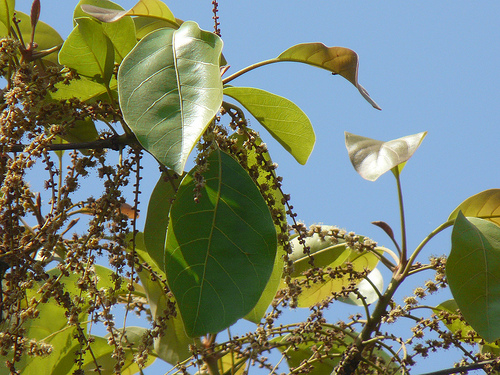
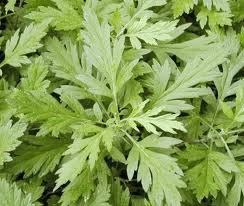
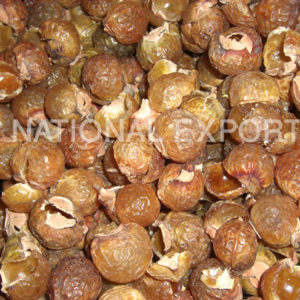
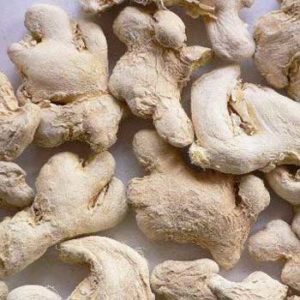
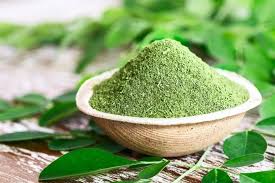
Reviews
There are no reviews yet.